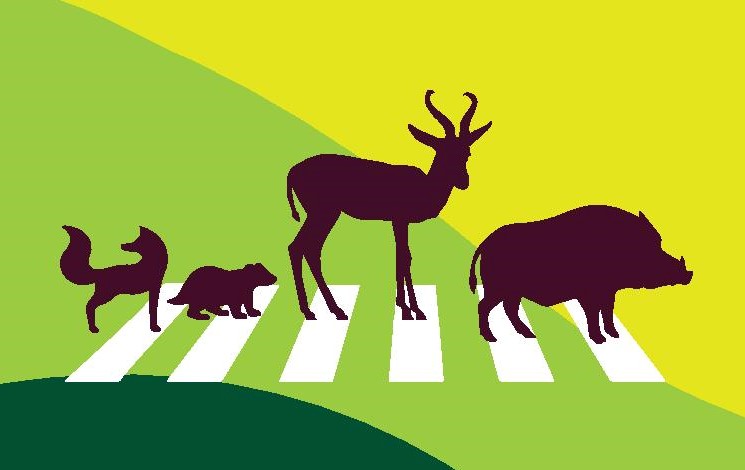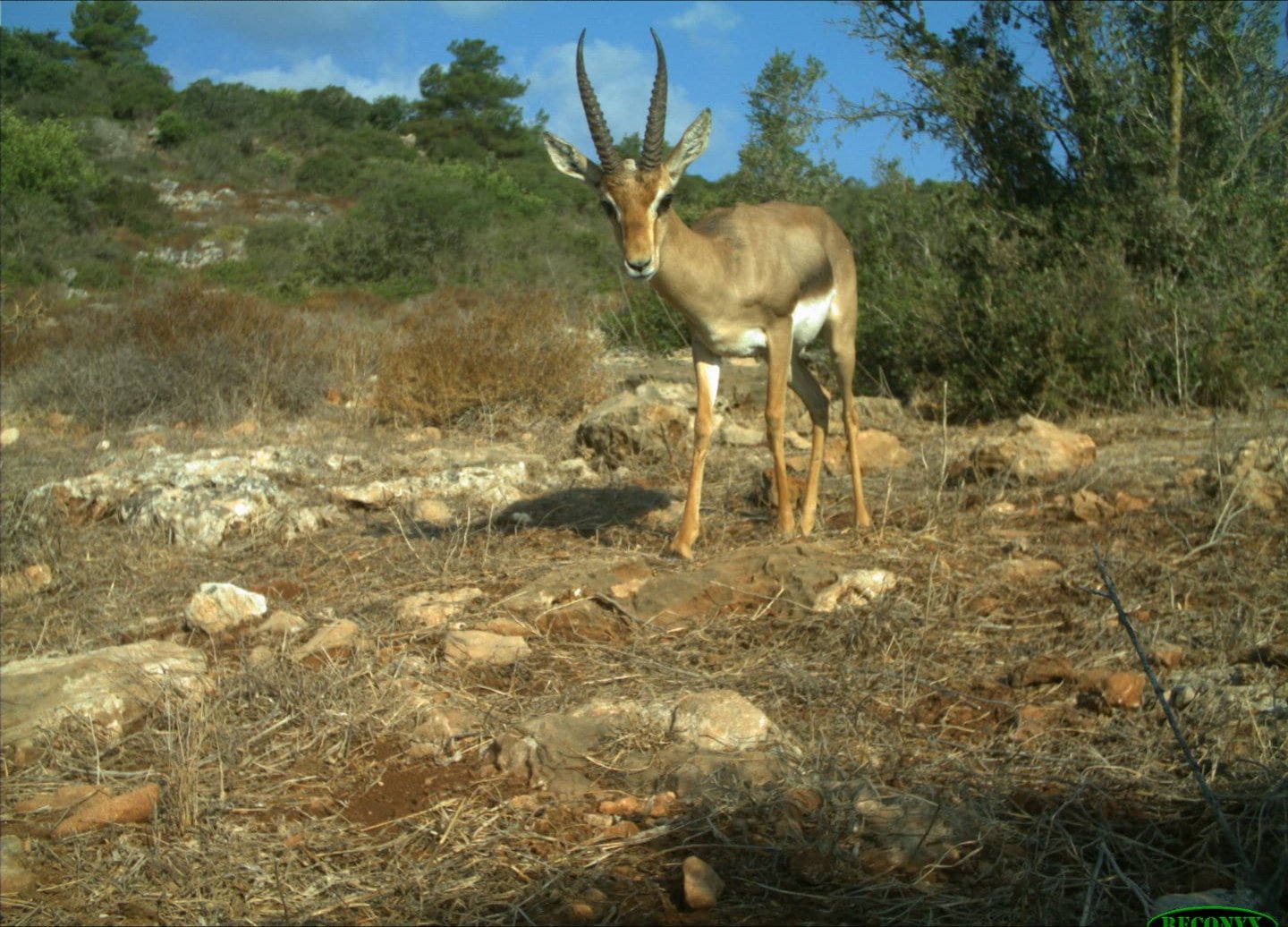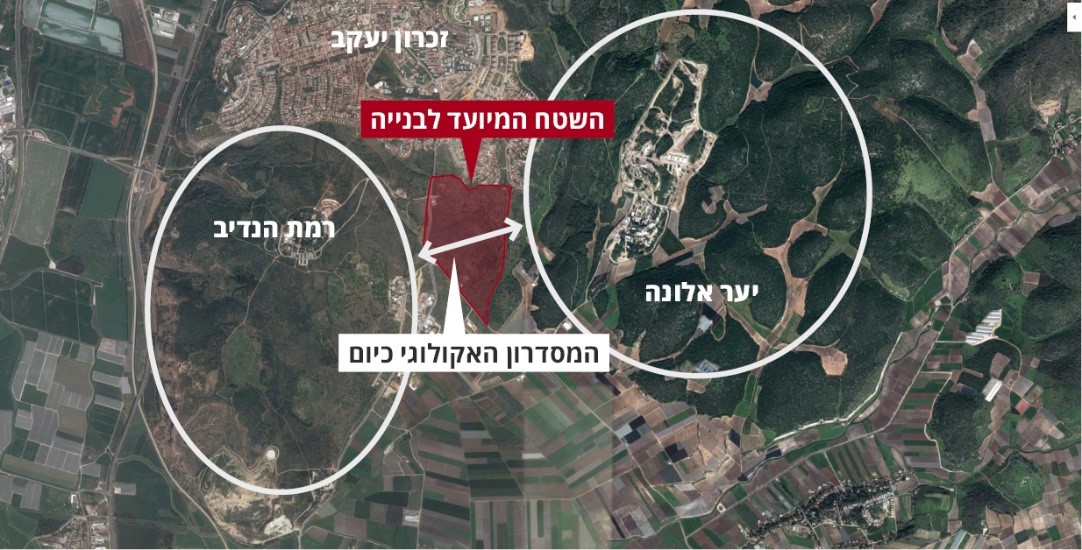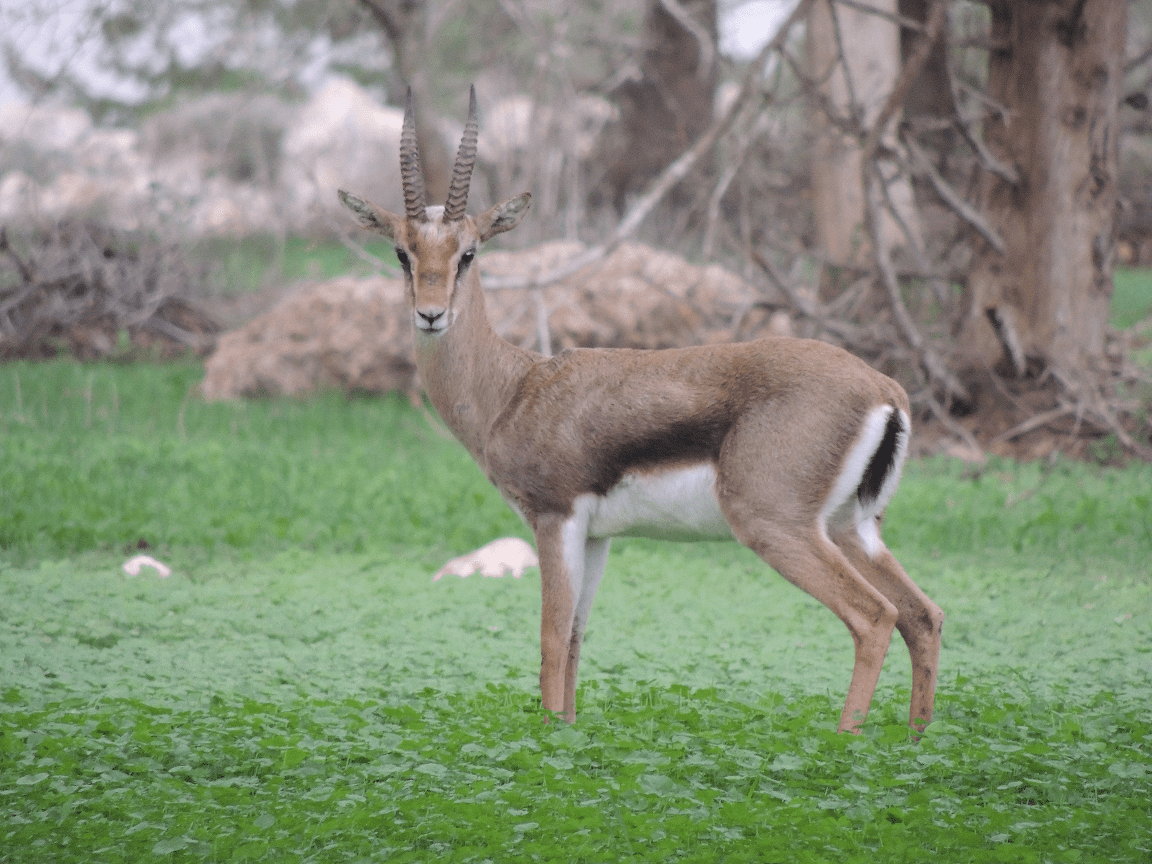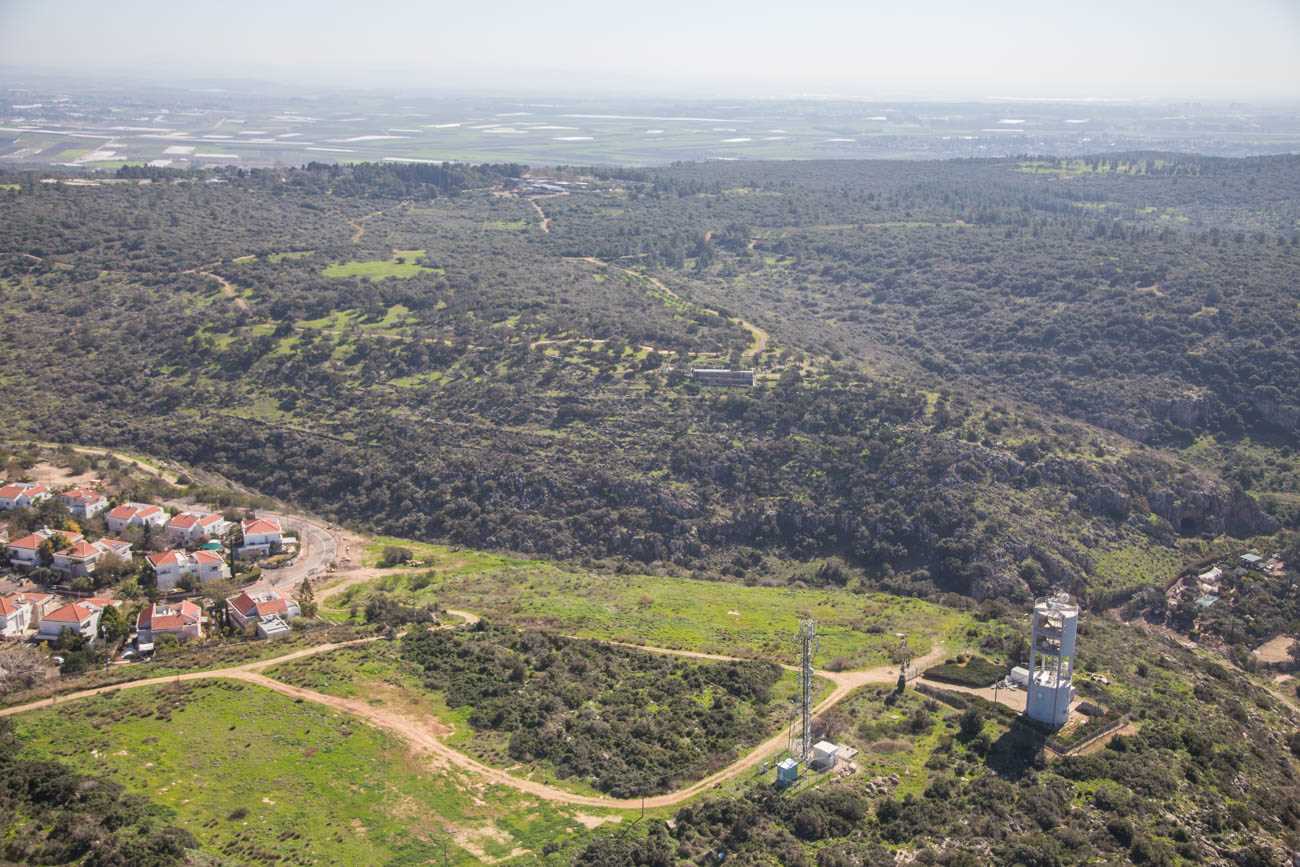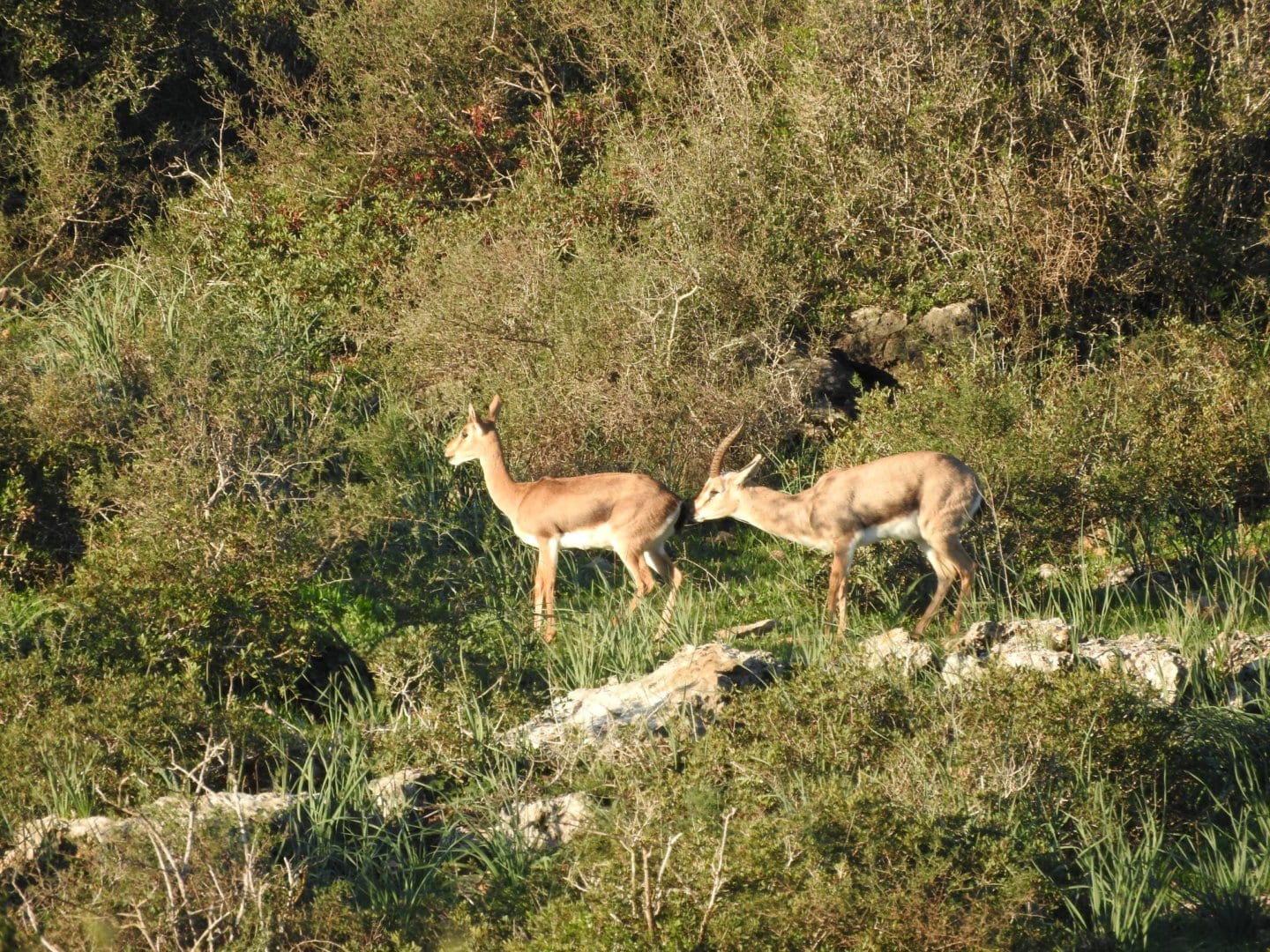(Apodemus flavicollis, rodent), European glass lizard (Pseudopus apodus, snake-like lizard), chukar partridge (Alectoris chukar) and the false Apollo (Archon apollinus, butterfly).
The findings of the study, which was conducted in collaboration with ecologists and researchers from the Dutch company, Alterra, indicated that only three of the nine species selected for the model will continue to exist over the long term at Ramat Hanadiv, under a realist scenario of habitat fragmentation as a result of the planned development on lands belonging to Zikhron Ya’akov and Binyamina, to the east of Ramat Hanadiv.
According to the results of the model, the first ones to suffer from the consequences of fragmentation are large mammals, such as the Palestine mountain gazelle, and even more so, the roe deer, which previously went extinct – the few individuals of this species that wander around here today are individuals that were reintroduced to nature (or their progeny).
In the light of this prediction, it is important to take clear steps to


